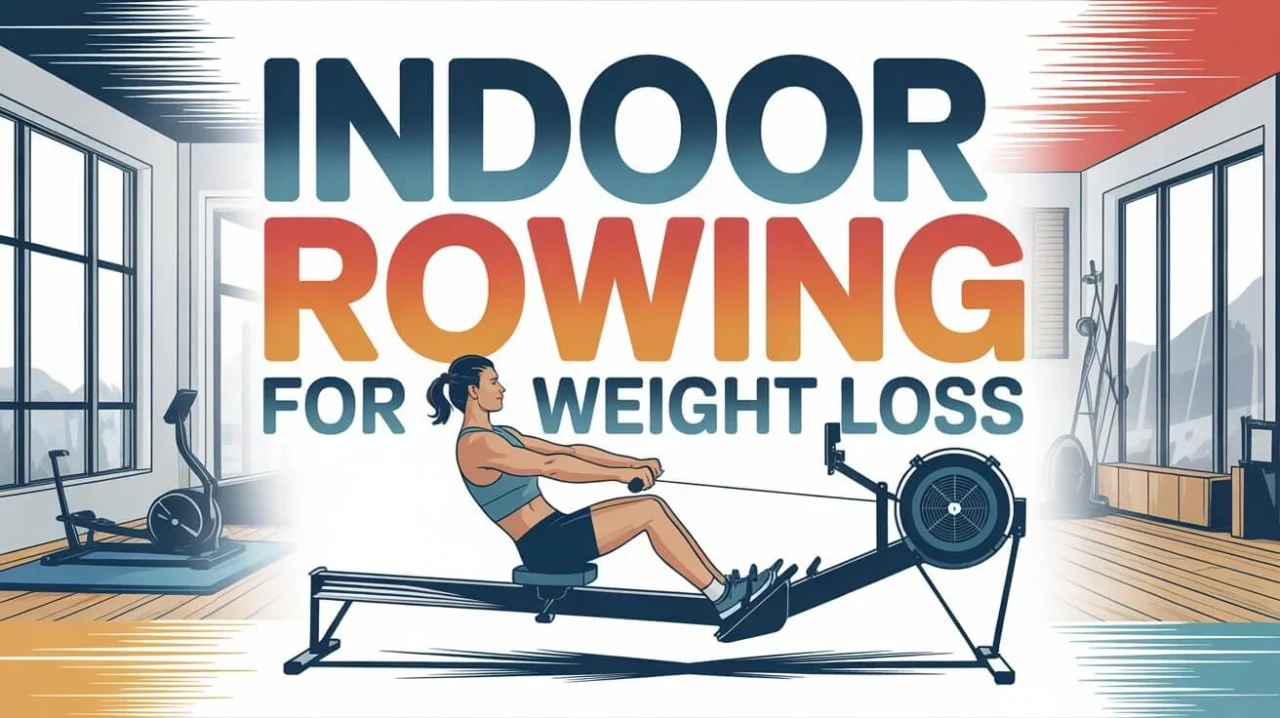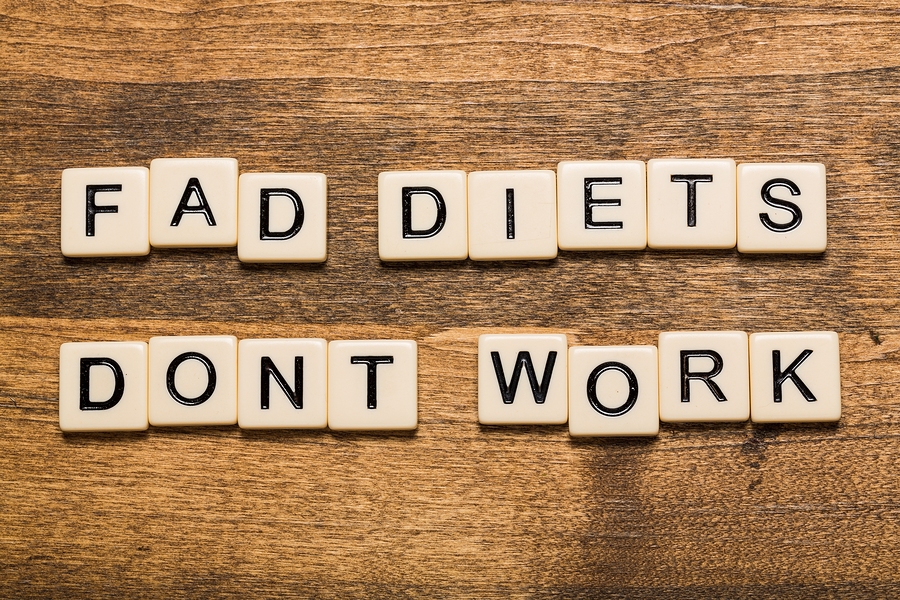If you’re looking for a fun, low-impact, full-body workout that torches calories and helps shed extra pounds, indoor rowing for weight loss is one of the best choices out there. Over the years, I’ve tried various fitness routines—from treadmill sprints to HIIT workouts—but nothing matched the efficiency and satisfaction of rowing. Whether you’re just starting your fitness journey or searching for a structured indoor rowing exercise plan for beginners, this guide will walk you through everything you need to know to get started and see results.
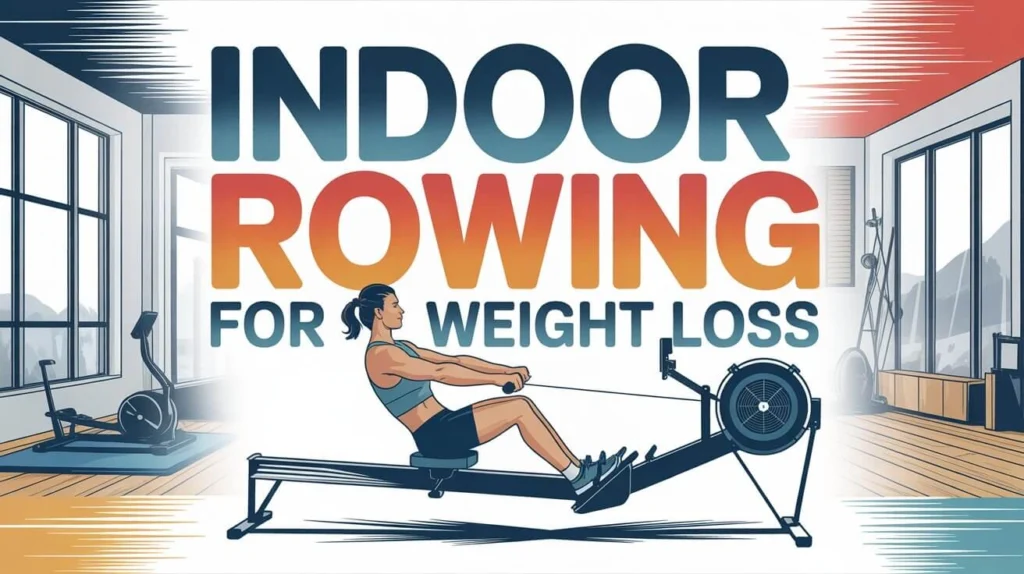
Content
Why Indoor Rowing for Weight Loss Is So Effective
Indoor rowing for weight loss isn’t just another cardio trend. It’s a full-body workout that engages your legs, core, and arms, helping you burn calories faster than many traditional exercises. Unlike running, rowing is low-impact cardio, which means it’s easier on your joints while still delivering maximum fat-burning benefits.
Some of the key advantages include:
- Burns significant calories in a short time
- Engages multiple muscle groups simultaneously
- Improves cardiovascular health and endurance
- Low-risk for injuries due to minimal impact
I’ve personally found that even short 20–30 minute rowing sessions feel more satisfying than an hour on the treadmill because my whole body is working, not just my legs.
Understanding the Science Behind Rowing for Fat Loss
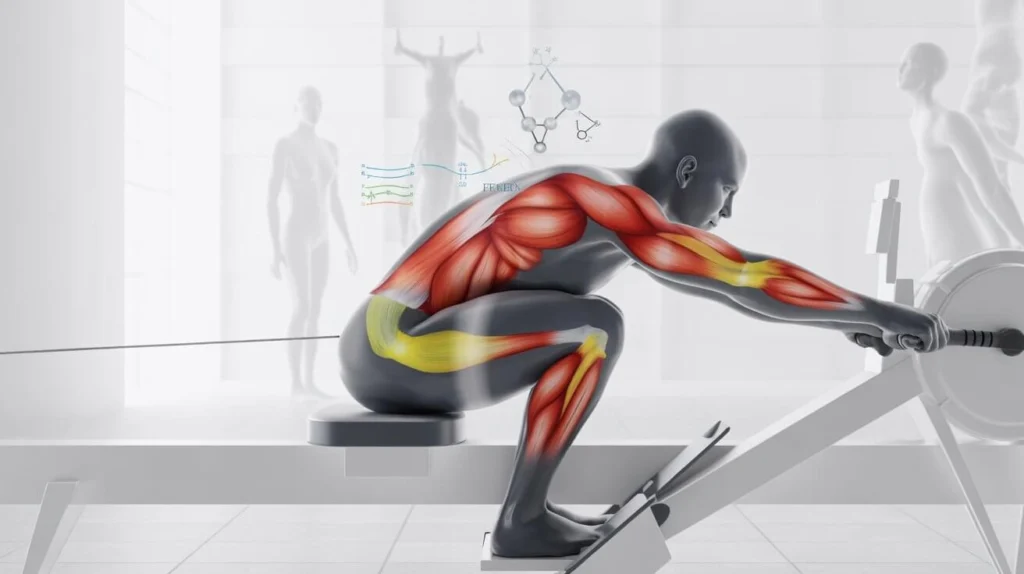
Many beginners ask: “How does rowing actually help with weight loss?” The answer lies in the combination of calorie expenditure, muscle engagement, and metabolic boost.
- Full-Body Engagement: When you row, your legs, glutes, core, and arms are all working together. This creates a higher calorie burn than exercises that isolate a single muscle group.
- Calorie Burn: Depending on intensity and duration, a rowing machine workout can burn anywhere from 400–600 calories per hour. For those asking, “Calories burned with a rowing machine” varies based on weight, speed, and technique.
- Muscle Preservation: Unlike extreme cardio, rowing preserves muscle mass, which is crucial for long-term fat loss.
Mastering Proper Rowing Technique
Technique is everything when it comes to indoor rowing. Poor form can reduce results and increase the risk of injury. Here’s a simple breakdown:
- The Catch: Sit tall, knees bent, shins vertical, arms straight, and core engaged.
- The Drive: Push through your legs first, then lean back slightly, pulling the handle towards your lower ribs.
- The Finish: Legs extended, core tight, handle close to your body.
- The Recovery: Extend arms forward, lean slightly forward, and bend knees to return to the starting position.
Remember, it’s better to row slowly with good form than to rush through high-intensity rowing. I’ve seen beginners get faster results by focusing on technique first.
Beginner to Advanced Workout Structure
Whether you’re just starting or aiming to improve, you can structure your workouts progressively:
- Beginner: 15–20 minutes at a moderate pace, 3–4 times a week.
- Intermediate: 20–30 minutes with intervals—alternate between 1 minute fast and 2 minutes moderate pace.
- Advanced: 30–45 minutes incorporating high-intensity intervals and resistance adjustments on the rowing machine workout schedule for weight loss.
Using a structured indoor rowing for weight loss exercise plan for beginners helps build endurance and ensures sustainable results.
Tracking Your Progress Beyond the Scale
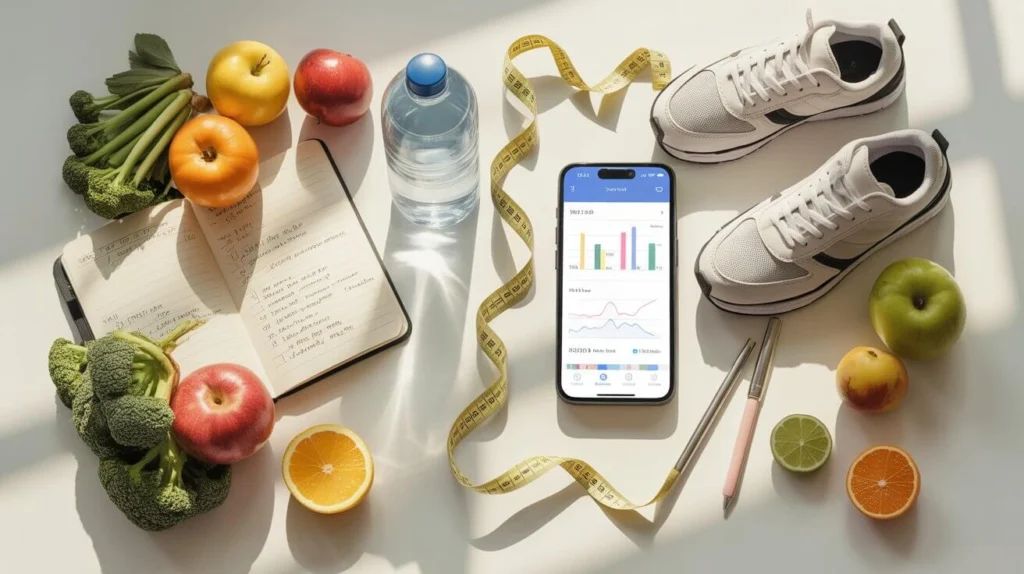
Weight alone isn’t the only way to measure success. Here’s how I track my results:
- Performance Metrics: Distance rowed, split times, or strokes per minute
- Body Composition: Fat percentage instead of just weight
- Energy Levels: Feeling more energetic during daily activities
A simple app or even a notebook can help you stay accountable and see tangible progress.
Real-Life Case Study: Sarah’s Journey
Sarah, a 32-year-old marketing professional, struggled with stubborn belly fat despite trying various diets and gym routines. She incorporated indoor rowing for weight loss into her weekly routine: 25-minute sessions, 4 times per week, gradually increasing intensity.
Within 3 months, Sarah lost 10 pounds, her core strength improved, and she no longer felt fatigued after long workdays. She followed a beginner rowing workout plan and focused on proper form, proving that consistency beats extremes. Her story is a perfect example of how indoor rowing, when done correctly, can deliver real, lasting results.
Overcoming Weight Loss Plateaus
Hitting a plateau is normal. To keep seeing progress:
- Increase rowing intensity gradually
- Incorporate interval sessions for higher calorie burn
- Adjust workout duration slightly to challenge your endurance
- Combine with a balanced diet and adequate sleep
This is where indoor rowing for weight loss versus treadmill often comes into play: rowing allows both strength and cardio improvement, making it more versatile for overcoming plateaus.
Integrating Indoor Rowing Into a Holistic Lifestyle
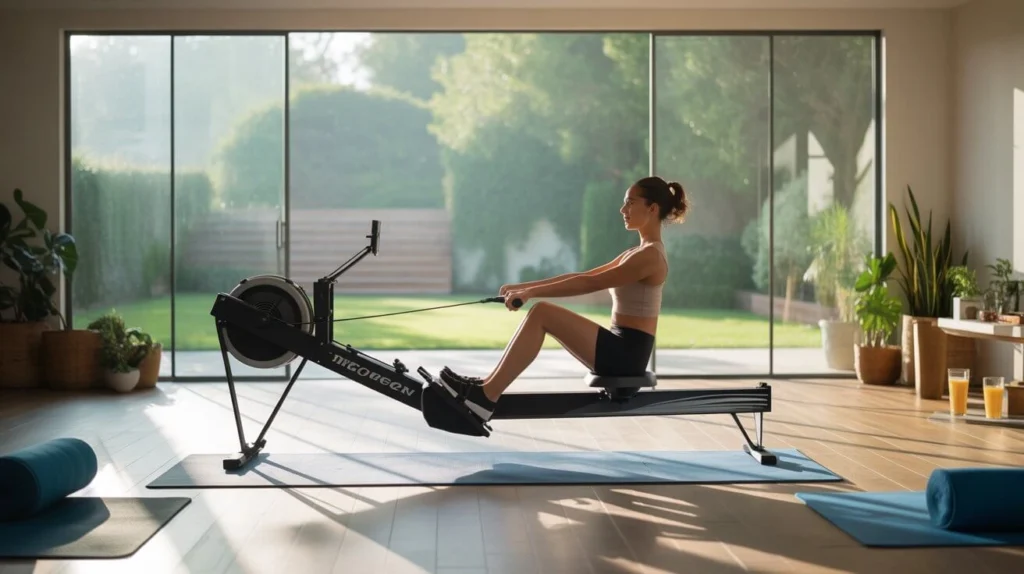
Weight loss isn’t just about exercise—it’s about consistency, nutrition, and recovery. Here’s how to make rowing a sustainable habit:
- Row at the same time each day to build routine
- Pair workouts with nutrient-dense, low-calorie meals
- Track progress but don’t obsess over the scale
- Stay motivated by joining classes or using rowing apps
Remember, even home gym equipment like an indoor rower can be transformative when used consistently.
Final Thoughts Indoor rowing for weight loss
Indoor rowing for weight loss is more than just a cardio exercise—it’s a powerful, full-body workout that helps you burn fat, build strength, and boost overall health. By following proper techniques, structured workout plans, and maintaining consistency, anyone can achieve real weight loss results.Take a page from Sarah’s story: start small, focus on form, track your progress, and make rowing a part of your fitness lifestyle. In time, the results will speak for themselves—and your body will thank you. for more information visit our website https://healthysnacksforweightloss.com
FAQs
What are the disadvantages of a rowing machine?
Rowing machines can strain the lower back if form is poor, and overuse may lead to wrist or knee discomfort.
How long does it take to see results from rowing?
Most beginners notice improved endurance and slight weight loss within 3–4 weeks of consistent indoor rowing sessions.
What is the best gym equipment to lose belly fat?
Indoor rowing for weight loss is highly effective because it engages the full body and burns significant calories.
Is rowing better than walking?
Yes, rowing burns more calories, works multiple muscle groups, and provides both strength and cardio benefits.

Terry is a health blog author and editor for a variety of publications. He has written on a wide range of topics, from fitness to nutrition to mental health. He loves working with people who are passionate about improving their lives through bettering their bodies and minds by eating right and staying active as well as those who want to improve their mental health by living life authentically without feeling ashamed or embarrassed about what they’ve been through.

